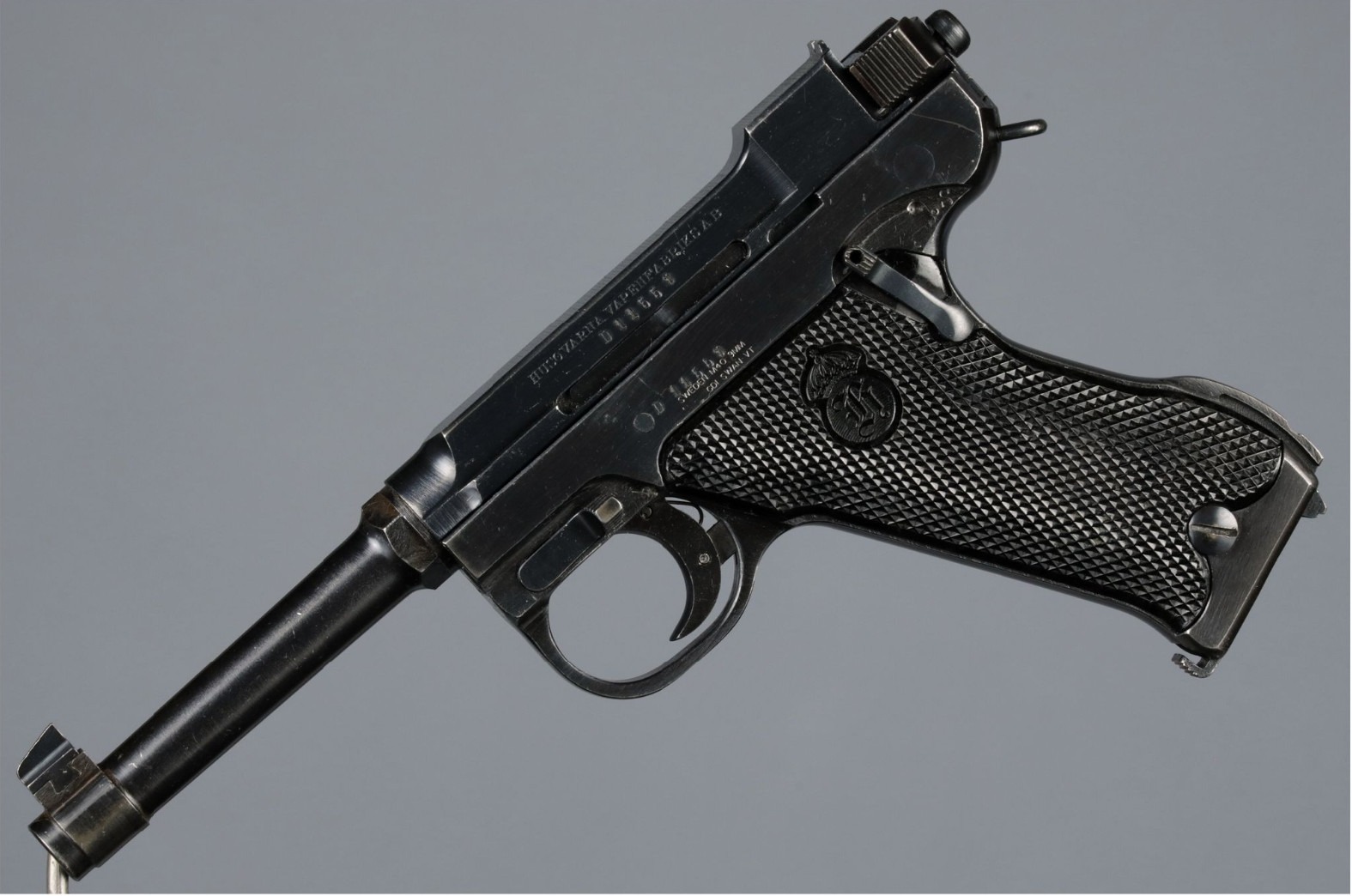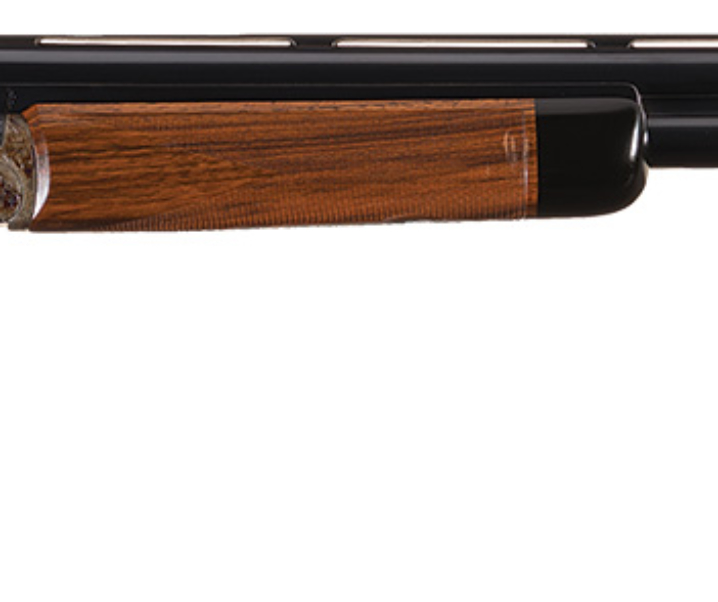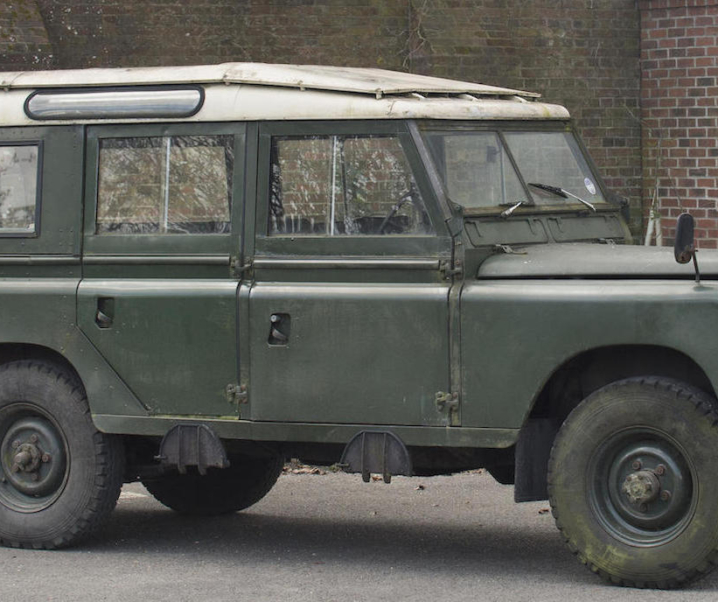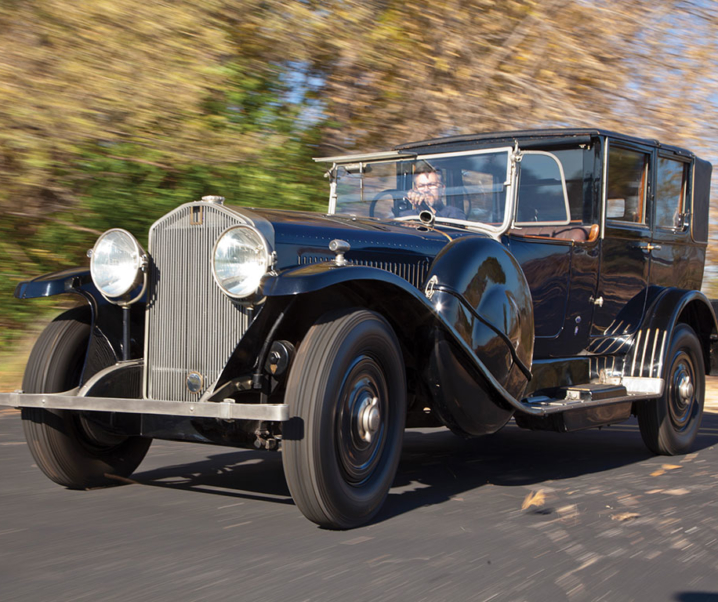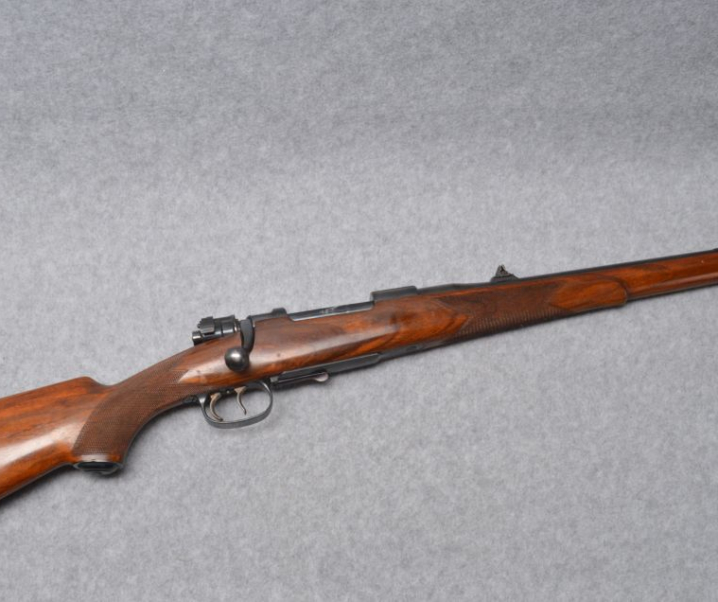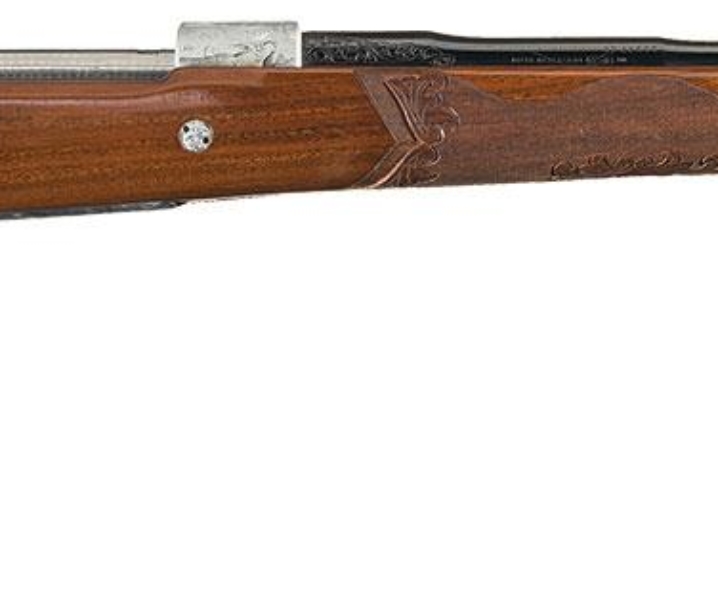The Lahti pistols were some of the least known and yet most outstanding of the pistols of the Second World War. They look quite like the Luger but operate very differently having been designed for optimum reliability in the extreme cold of warfare along the Finish/Russian border.
There were two versions of the Lahti pistol made, the L-35 made in Finland by SAKO, and the M40 made in Sweden by Husqvarna.
Fast Facts
- The Lahti M40 pistol was a modified version of the Finish Lahti L-35.
- The M40 was made in Sweden by Husqvarna and about 80,000 were produced during the early years of the Second World War.
- Because of the exigencies of steel supply because of the war the M40 pistols had to have their actions made using a molybdenum steel that was more brittle than was desirable for this application.
- Most of the M40 pistols were destroyed after the Second World War, when Sweden was able to source suitable replacements.
- Some M40 pistols survived and have found their way onto the collector market. Two of these are coming up for sale at the time of publication of this post and you can find the links to the sale pages at the foot of this post.
History and the Lahti L-35
The Lahti pistol was the creation of self-taught Finnish firearms designer Aimo Johannes Lahti. Lahti’s creations included the Suomi M-31 sub-machine-gun, the Lahti-Saloranta M/26 light-machine-gun, Lahti L-39 anti-tank rifle, and the precursor to the Lahti M40 pistol, the Lahti L-35 semi-automatic pistol.
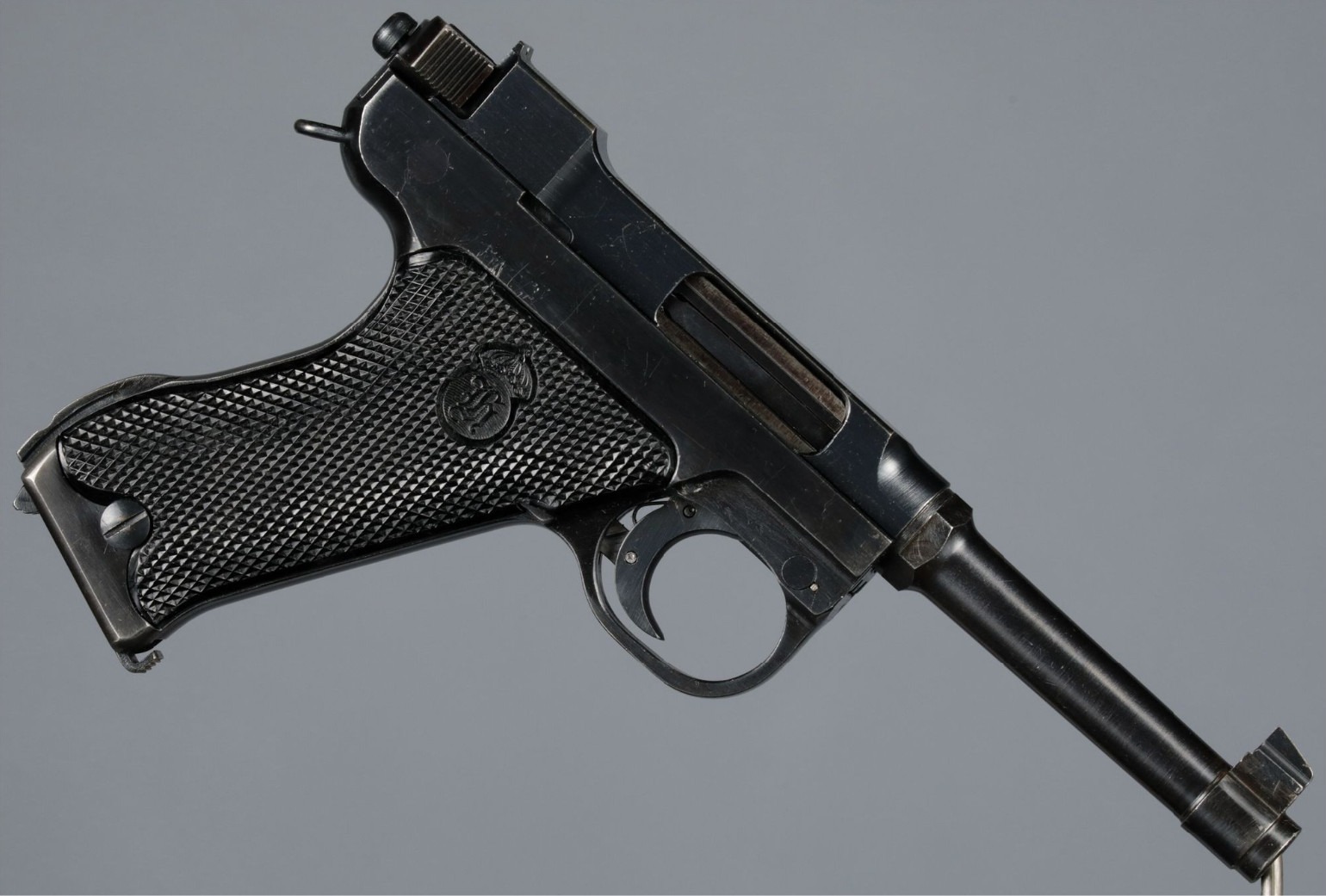
The Lahti pistols and many of his approximately fifty other designs were created during turbulent times in Finland’s history, and in the history of Europe.
The Lahti L-35 pistol was created in 1929, a period when the Finnish government had realized that they could not safely depend on foreign manufacture of their military arms, and thus they decided they needed to be able to design and manufacture their own arms for the nation’s defense.
Finland had gained its independence from Russia in 1917 and by 1918 was having to deal with a civil war between the Finnish Red Guard of the communist Finnish Workers Socialist Republic, and the Whites who were anti-communist. The Whites won and the communist Red Guards escaped to Russia which was under communist rule and formed into the Soviet Union in 1922.
Aimo Lahti’s L-35 pistol combined the best of the design features of the Luger P08 and the Bergman-Bayard to create a pistol with the instinctive pointing and handiness of the Luger, but with a more reliable recoil-operated locked breech action.
Finland shares a long land border with Russia and its location means that the Finnish military arms must function reliably under conditions of extreme cold, and be highly resistant to both ice and dirt.
Aimo Lahti engineered his pistol design keeping the action as closed as possible to keep ice and dirt out. The square shaped locking lug sat over the rear of the bolt and kept the barrel and bolt locked together for about 6mm travel before the locking lug was forced upwards by angled surfaces that cammed it up and out of engagement allowing the barrel to stop and the bolt to continue rearwards to battery.
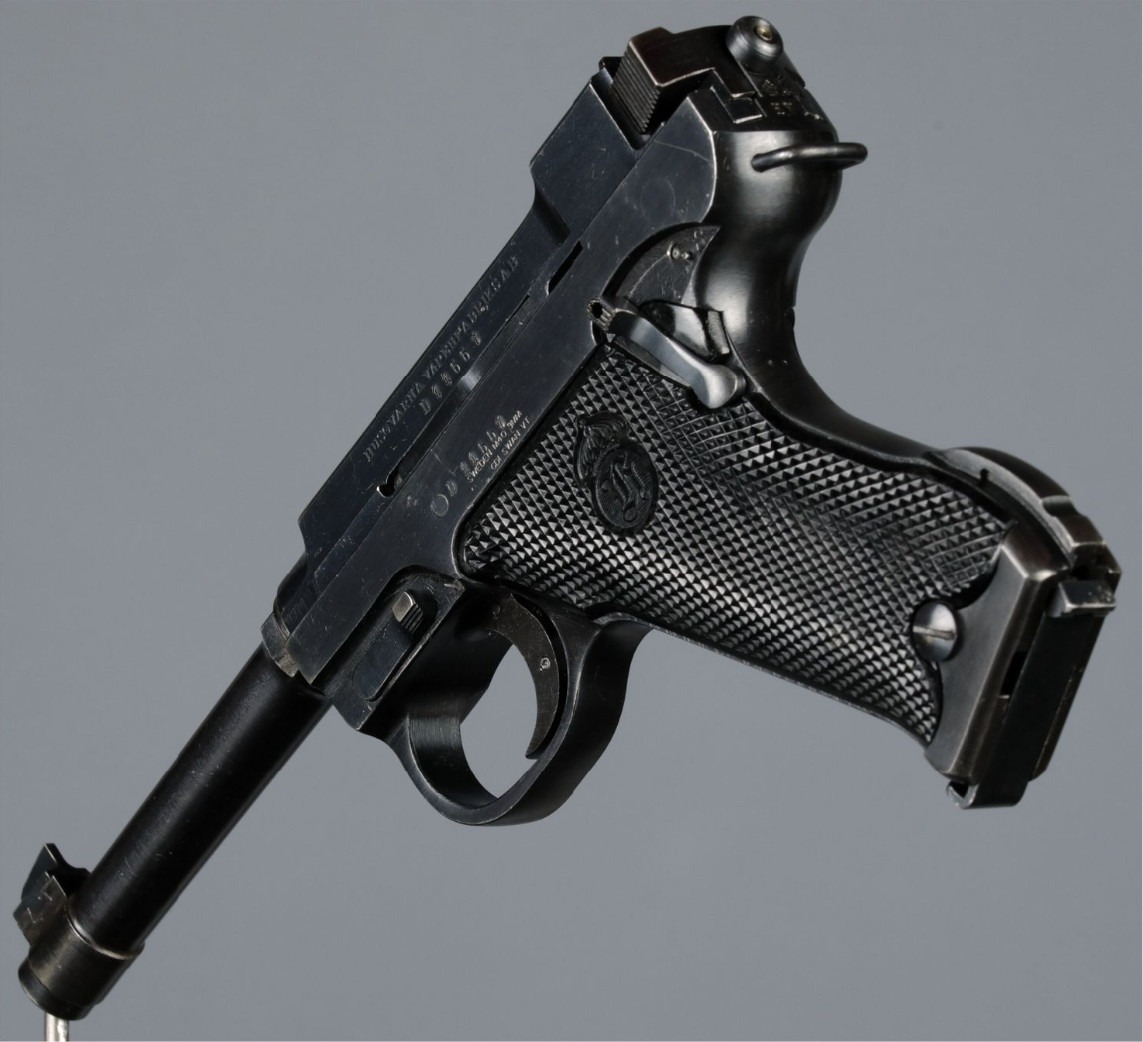
The end result was a pistol that, although it outwardly looked quite like the German Luger, worked completely differently, and worked rather more reliably.
One of the contributors to that reliability was Aimo Lahti’s design decision to include a bolt-accelerator in the action. The bolt-accelerator acted to mechanically assist the bolt to ensure it traveled rearwards into battery with rather more enthusiasm than might be achievable otherwise.
The rationale for this was to overcome any lack of energy caused by extreme cold reducing the operating pressure of the ammunition, and to ensure the action continued to work reliably if contaminated with ice, or mud, or both.
The L-35 used a single column magazine that held seven rounds, plus the ability to carry an eighth round in the chamber.
Reliability is of paramount importance in situations where a firearm’s use is a matter of life and death. One aspect of firearm safety is that it does not discharge accidentally, and the other is that it absolutely, positively, goes bang when the trigger is pressed, every single time.
The Lahti L-35 was officially adopted by the Finnish military in 1935. Two years before that time Adolf Hitler had been appointed Chancellor of Germany on January 30, 1933, and Germany had begun its inexorable slide into becoming a Nazi one-party socialist state. The Finnish people could see that they were “between a rock and a hard place”, knowing that Soviet Russia posed a severe threat to Finland’s hard won independence, and the freedom they treasured, and that Nazi Germany posed a threat to the security of Europe and thus to Finland also. In short, things were looking rather ugly, and Finland ensured that they were able to arm themselves by having the industry and trained personnel, and that they were able to field a military that was motivated, trained, equipped, and able to defeat their enemies.
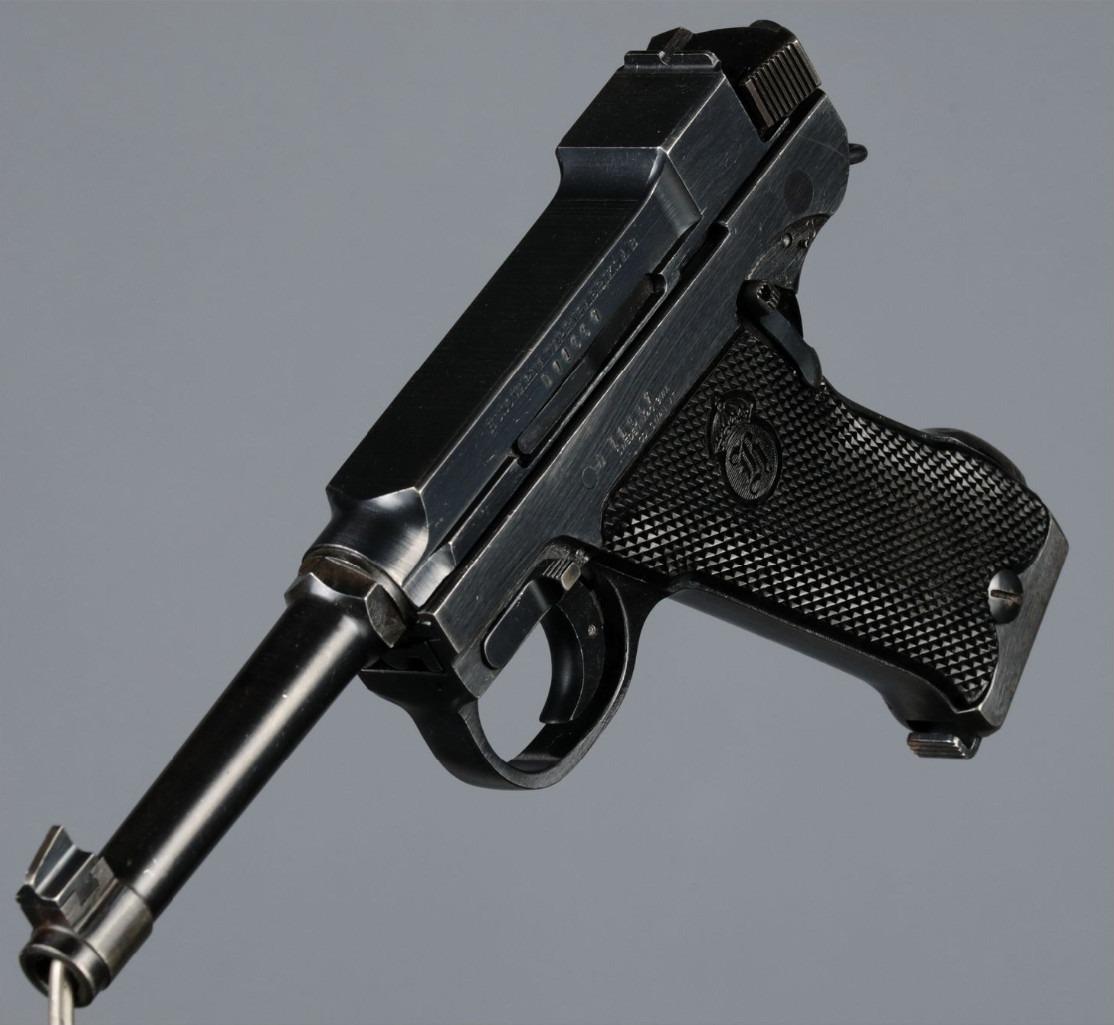
Sweden and the Lahti M40 Pistol
Sweden, one of Finland’s neighbors, was also watching the events in Europe during the 1930’s with increasing trepidation. Sweden had adopted the German Walther P38 pistol in 1939 but rapidly became aware that the Nazis were embarking on a path of warfare and would pretty quickly not be supplying Sweden with P38’s anymore. So as the Second World War broke out the supply of P38 pistols from Walther ceased, and Sweden was at that point in need of finding a suitable pistol design and someone who could manufacture it for them.
Wars happen unexpectedly, and a nation that has failed to adequately arm itself, which includes the industrial ability to make its own arms and ammunition, can find itself in dire straits. Sweden was partly in this position.
Sweden approached Finland with a view to purchasing a large supply of the Lahti L-35 pistols. Finland had been timely in their preparations and had established Suojeluskuntain ase- ja Konepaja Oy (i.e. SAKO) in 1921 and the Finnish State Rifle Factory Valtion Kivääritehdas (VKT) in Jyväskylä in 1929.
So Finland had the industrial capacity and staff expertise to arm themselves, but they did not have the extra capacity required for them to make arms for Sweden as well. They were being kept busy fighting the Soviet Union who were trying to force the freedom loving Fins under the totalitarian jackboot of communism – communists can be so tediously determined to force as many people and nations to experience the miseries of communism that they make a real nuisance of themselves.
Sweden had established arms manufacturers, notably Husqvarna and Carl Gustav, but both were being kept busy making rifles and other military arms. As a result of this Sweden first tried to get a company that had industrial capacity, but no expertise in firearms manufacture, to make a trial batch of Lahti design pistols. That company was unable to do the job and so the Swedish government had to get Husqvarna to undertake the manufacture of these Lahti design pistols in addition to its other work.
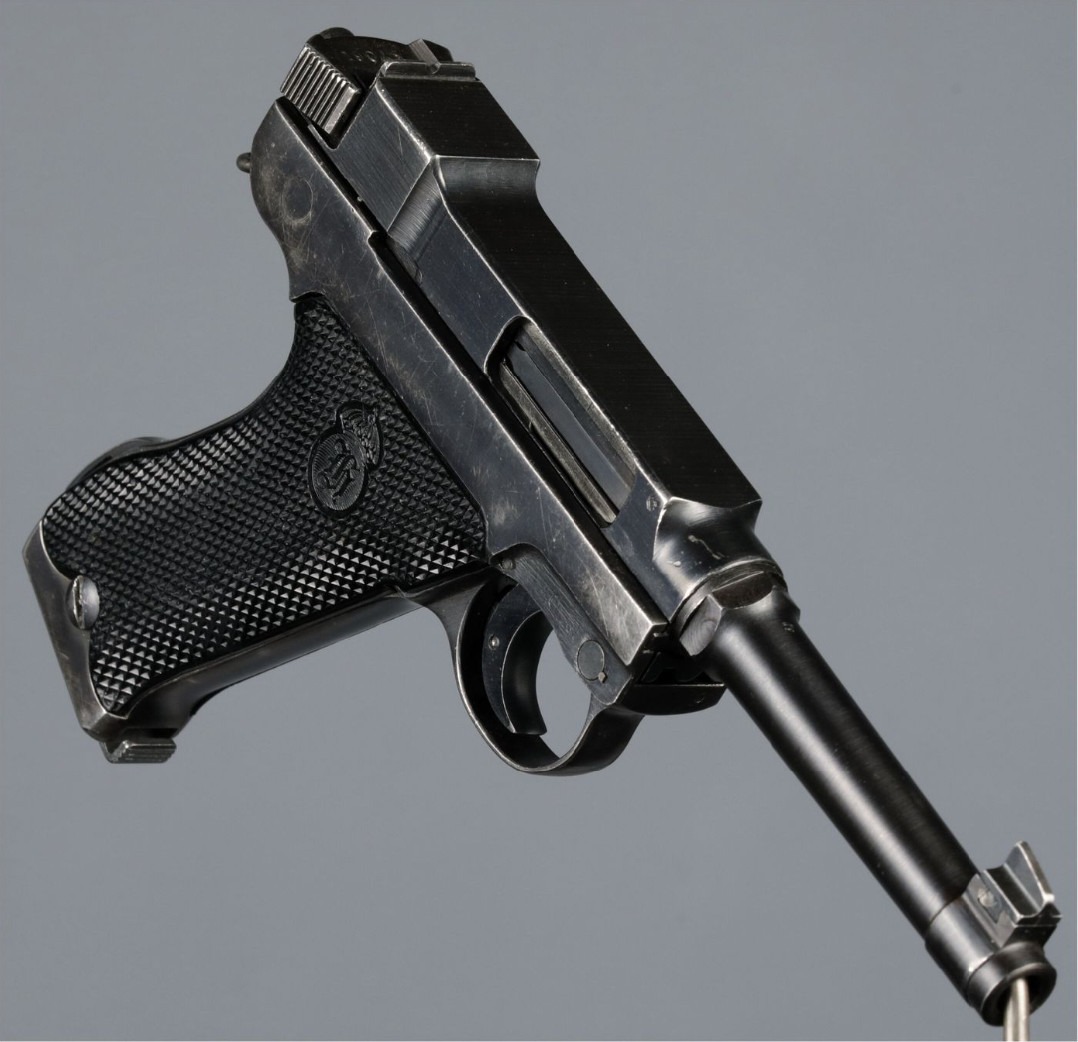
Murphy’s Law states that “Nothing is as easy as it looks, everything takes longer than you expect, and if anything can go wrong it will, and at the worst possible moment”, and Murphy’s Law struck Husqvarna’s efforts to manufacture these pistols.
Sweden is famous for its high quality steel and rightly so. But with war on her doorstep Sweden had to prioritize what types of steel were going to be used in the different types of arms being made in case the nation had to face war. Rifles, machine guns, and sub-machine guns were at the top of the small-arms priority stack, and pistols, as auxiliary arms, were pretty much at the bottom. So compromises were going to have to be made, and those compromises were going to require some re-designing of the Lahti pistol.
Husqvarna used the correct type of nickel-steel for the barrels of the Lahti pistols they made, but did not have sufficient of that steel to make whole pistols. So they were forced to resort to the use of molybdenum-steel for the frame, slide and action parts. This type of steel was expected to be prone to cracking and so the Lahti pistol design was changed to remove as many points of weakness as possible.
These changes included the elimination of the loaded chamber indicator and the action was reinforced in strategic places.
This was partly successful and if used with 9x19mm pistol ammunition these Lahti M40 Husqvarna pistols were able to deliver 3,000 rounds of service. They did not however respond well to being fed a diet of the more powerful sub-machine gun 9x19mm ammunition and cracking of the action was known to occur if they were fed a diet of this ammunition.
Husqvarna manufactured approximately 80,000 of these modified Lahti pistols and some of them finished up in unusual places, including some that made their way to a young Israel as that nation was being re-established.
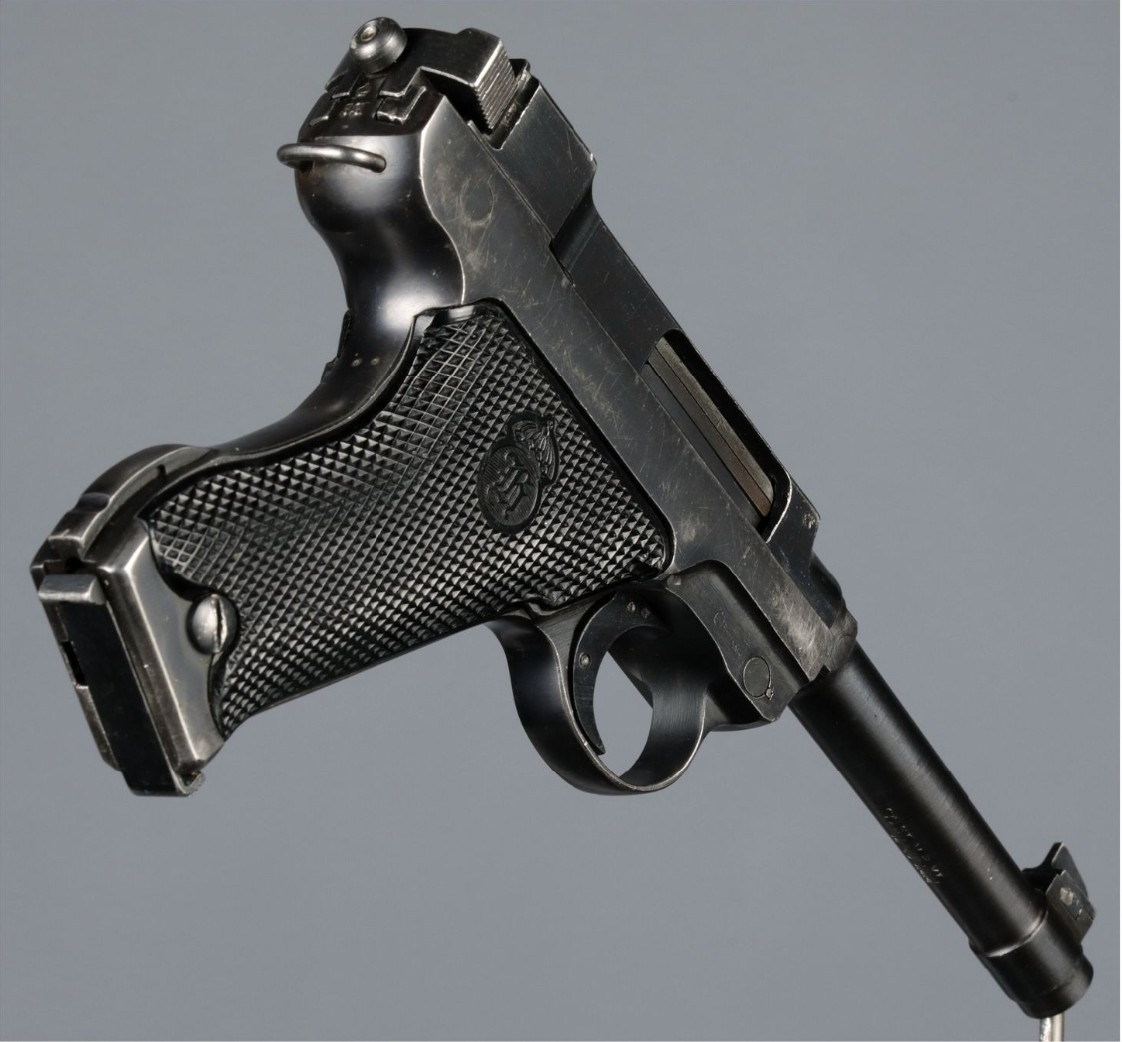
The Swedish government was keen to replace these M40 pistols however, being well aware of their Achilles Heel, and after the war, once they were able to, they withdrew approximately 50,000 and destroyed them. Some however managed to escape the furnace and made their way onto the collector market.
Two of these interesting collectibles are coming up for sale by Rock Island Auction on July 10, 2024.
You will find the M40 pistol lot number 407 if you click here.
You will find the M40 pistol lot number 408 if you click here.
The Lahti pistols are a remarkably intelligent design and their system of locking/unlocking should tend to make their behavior under recoil quite like that of the Luger. Being designed for reliability in the most adverse conditions imaginable makes these pistols some of the most interesting collectibles among the small arms of the Second World War.
The story of the Lahti L-35 and the Lahti M40 serves as a reminder to nations all over the world that when it comes to warfare one must “expect it when you least expect it”, and be prepared for whatever may come your way. That means ensuring you have the industrial capacity, expert personnel, and materials so that, as a nation, you can confidently “go softly, and carry a big stick”.
Picture credits: All pictures courtesy Rock Island Auction.

Jon Branch is the founder and senior editor of Revivaler and has written a significant number of articles for various publications including official Buying Guides for eBay, classic car articles for Hagerty, magazine articles for both the Australian Shooters Journal and the Australian Shooter, and he’s a long time contributor to Silodrome.
Jon has done radio, television, magazine and newspaper interviews on various issues, and has traveled extensively, having lived in Britain, Australia, China and Hong Kong. His travels have taken him to Indonesia, Israel, Italy, Japan and a number of other countries. He has studied the Japanese sword arts and has a long history of involvement in the shooting sports, which has included authoring submissions to government on various firearms related issues and assisting in the design and establishment of shooting ranges.

